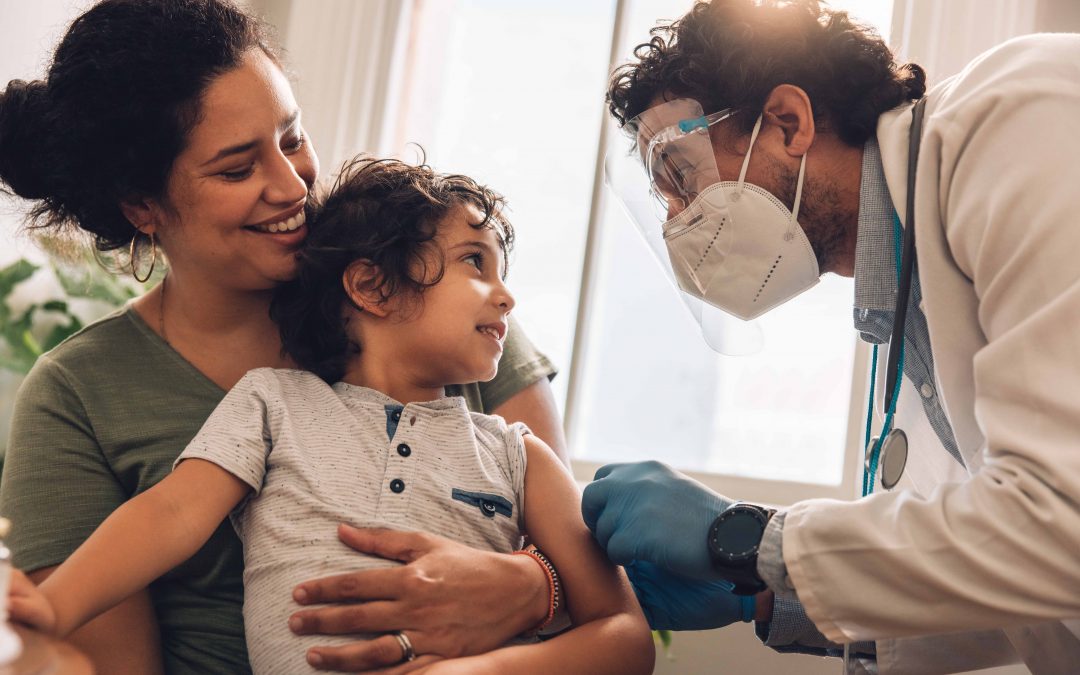Domestic violence (DV) is a global and domestic public health issue. It impacts communities worldwide daily. Regardless of age, economic status, sexual orientation, race, nationality, or religion, domestic violence significantly affects individuals, families, and communities.
While both men and women can experience domestic violence, women are more likely to experience serious (or lethal) physicall violence in their lifetime.
According to the National Coalition Against Domestic Violence, someone is physically abused by an intimate partner every 20 minutes. This means that over 10 million people experience domestic violence each year. Over 85 percent of people experiencing DV are women.
According to the National Network to End Domestic Violence (NNEDV), some 20,000 phone calls are placed to domestic violence hotlines in the United States each day.
Despite the data, the Violence Against Women Act (VAWA) has yet to be reauthorized. VAWA is a critical component of the federal response to domestic violence, sexual assault, dating violence, and stalking. VAWA provides critical protections to survivors of domestic violence across the country, domestic violence, sexual assault, dating violence, and stalking. These numbers have decreased significantly since 1994, when VAWA was first passed. But rates of violence are still far too high.
In an interview with University of California, Davis, Clare Cannon, assistant professor of social and environmental justice in the Department of Human Ecology and the lead author of a new study on domestic violence said, “The pandemic, like other kinds of disasters, exacerbates the social and livelihood stresses and circumstances that we know lead to intimate partner violence.”
During social isolation during the COVID-19 pandemic, victims and aggressors, or potential aggressors cannot easily separate themselves from each other.
“Compounding these stressors, those fleeing abuse may not have a place to get away from abusive partners,” Cannon said.
According to data from NNEDV:
- One in five women and one in 59 men are raped in their lifetimes
- One in four women and one in seven men experience severe physical abuse by an intimate partner in their lifetimes
- One in six women and one in 19 men experience stalking in their lifetimes
- A woman is murdered by a male intimate partner with a gun every 16 hours
Domestic violence, sexual assault, dating violence and stalking, disproportionately impact women and members of underserved communities.
In all, VAWA has ensured expanded criminal justice trainings and responsiveness, targeted culturally specific services, prevention education within educational institutions, and expanded protections for Native American women and protects diverse survivors, including LGBTQ persons, older adults, persons with disabilities, immigrants, and others.
VAWA is reauthorized every five years. These reauthorizations allow Congress to update the law to reflect best practices and to ensure VAWA is effectively meeting the needs of victims and survivors. VAWA has evolved significantly in the past quarter-century. Earlier this year, the House of Representatives passed H.R. 1620, The Violence Against Women Reauthorization Act of 2021-2022 (VAWA), with significant bipartisan support. H.R.1620 is based on extensive outreach to direct service providers, other experts in the field, victims, survivors, and a variety of other stakeholders. In summary, H.R. 1620:
- Maintains vital protections for all survivors
- Invests in prevention
- Ensures victim service providers can use VAWA funding to help victims experiencing a range of domestic violence behaviors, not just physical abuse
- Ends impunity for non-Native perpetrators of sexual assault, child abuse co-occurring with domestic violence, stalking, sex trafficking, and assaults on tribal law enforcement officers on tribal lands
- Improves access to safe housing and economic independence
- Protects dating violence victims from abusers with firearms
- Improves the healthcare systems and workplace responses to the four crimes, and
- Improves enforcement of court-ordered firearm relinquishment
Now is time for the Senate to introduce a companion bill to build on the Houses H.R. 1620 The Violence Against Women Reauthorization Act of 2021-2022 (VAWA).
Social workers have been critical to responding to domestic violence. We provide supports at all levels of service for victims, families, and perpetrators, including direct support and services to survivors, case management and clinical services to children.
We also collaborate with other professionals to ensure the safety and well-being of survivors and their children, engage perpetrators of abuse through evidence-based practices, provide information to organize, mobilize, and educate communities on this issue, craft and promote structural supports through needed policy advocacy and implementation, and conduct important research that informs the field.
As we pay particular attention to domestic violence each October for Domestic Violence Awareness Month, we challenge each social worker to continue to find ways that they can be impactful on this issue. We also bring attention to the critical role social workers play in stopping domestic violence and communities around the nation and around the world.
NASW is proud to be a key advisor to the National Task Force to End Sexual and Domestic Violence (NTF) and work in coalition with allies and partners to advocate for needed legislation, which maintains vital protections for vulnerable survivors, while making essential enhancements to prevent and respond to domestic violence, sexual assault, dating violence, and stalking.
Get Help
If you or someone you know needs help, contact the Domestic Violence Hotline: Call: 1.800.799.SAFE (7233) or Text: 88788 or visit the Domestic Violence Hotline website
Resources
- Centers for Disease Control and Prevention
- Futures Without Violence
- National Network to End Domestic Violence
- National Task Force to End Sexual and Domestic Violence
- National Coalition Against Domestic Violence
- National Center on Domestic Violence Trauma and Mental Health
- National Health Collaborative on Violence and Abuse
- VHA Social Work Intimate Partner Violence Program
- White Ribbon VA




